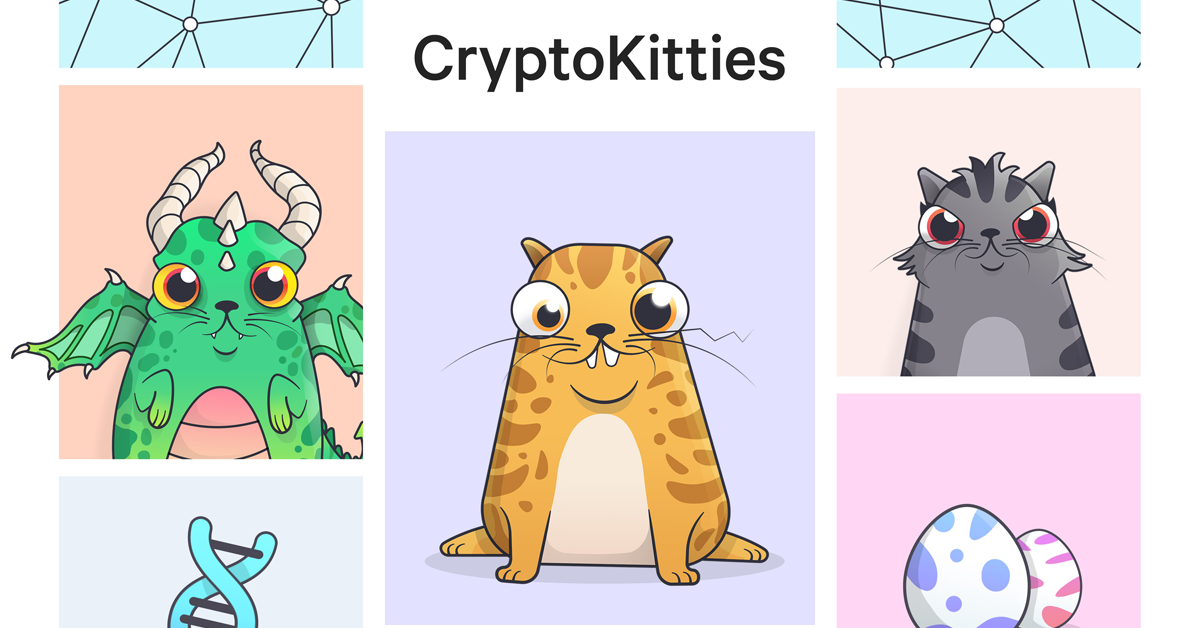Why fears of a dying NFT market are overblown

Top NFT marketplaces have surpassed $40 billion in all-time sales, an impressive number amid all the bad press about the industry. But at the same time, investments in the American creative economy have fallen by 60% since last year. This dichotomy is not uncommon in the cryptosphere; Doomsayers will cry wolf in the NFT market, and crypto enthusiasts will staunchly defend the industry.
To make an objective decision about who to believe, it is crucial to understand where data comes from when statistics are cited. In short, the NFT market has not faded completely yet, despite what alarmists claim.
When data is like clay
Like many other emerging Web3 technologies, NFTs (non-fungible tokens) have often faced criticism, especially after the recent crash spurred headlines in publications such as Fortune and Bloomberg on the demise of the industry. Although trading volume on top NFT marketplace OpenSea was at one point down a whopping 99% from its peak in May, many pools still managed to sell out.
The The Wall Street Journal published an article with similar bravado, but ironically, days after Yuga Labs captured millions in the sale of the Otherdeeds NFT collection. The sale generated so much activity that it sent Ethereum gas fees to the moon, putting a lot of stress on the network. The event itself isn’t exactly indicative of a dying industry, although the gathering’s trading is now down as the crypto market goes through a rough patch.
Of course, these publications were right to note a sharp decline in NFT sales after the crash. Yet they seemed to miss something of the bigger picture.
NonFungible, the company from which the WSJ took the data, appears to only track NFTs that use the ERC-721 standard. An increasing number of collections and brands, such as Adidaschoose ERC-1155 instead, which means the data may have omitted certain segments of the NFT industry.
Other available calculations paint a more nuanced picture of the NFT market. In the first four months of 2022, collectors spent $37 billion on NFTs, according to Chainalysis, which is almost as much as the total for 2021. The same report also reveals an apparent decline in transaction volume, with market growth moving at a very uneven pace.
Nansen’s NFT indices provide a more detailed division across the various sectors. While all of them are in decline, social and metaverse NFT indices are faring much better than art and gaming. This current trend reveals what users are looking for from the NFT market.
Not all NFTs are created equal
The famous Bored Apes served as an entrance ticket to private parties and a closed online community. In Decentraland and Sandbox, NFTs are the preferred tool for managing land ownership and wearables for avatars. Countless other projects are building their NFTs as cool social media profile pictures, especially now that Twitter has made a special limit on NFT profile pictures. All of these extend the usability of the NFTs in different ways, paving the way for a multitude of use cases.
As with any new technology, some use cases see more demand than others, which shapes subsequent implementations further down the road. When it comes to NFTs, users seem to show at best limited interest in art with no extra features on top of that.
Community-driven NFTs with social features are gaining much more interest from collectors because of the value they add to users. So do collections that make sure to add other utility features to their NFTs so they can be unlocked over time to encourage long-term ownership by expanding user value.
Integrating NFTs into existing products is another key way to make NFT adoption more achievable. For example, in the sports industry, NFTs are used as tickets for games. Rather than just being a digital asset, NFT offers real value.
In this lies the main lesson for the NFT market – users want more than a pretty image, they want a unique resource that gives them value over time. It’s even better if this resource is endowed with a community of like-minded aficionados who can appreciate the rarity and cool factor of the purchase. The Metaverse fits nicely into all of this as a digital space to show off your virtual swag, interact with others, and develop your own plot if you choose to.
The NFT market is anything but dead, and the current decline has more to do with socio-economic factors rather than a loss of collective interest. Going forward, however, NFTs that provide real value and utility will be the ones that survive the ebb and flow of the market.
























